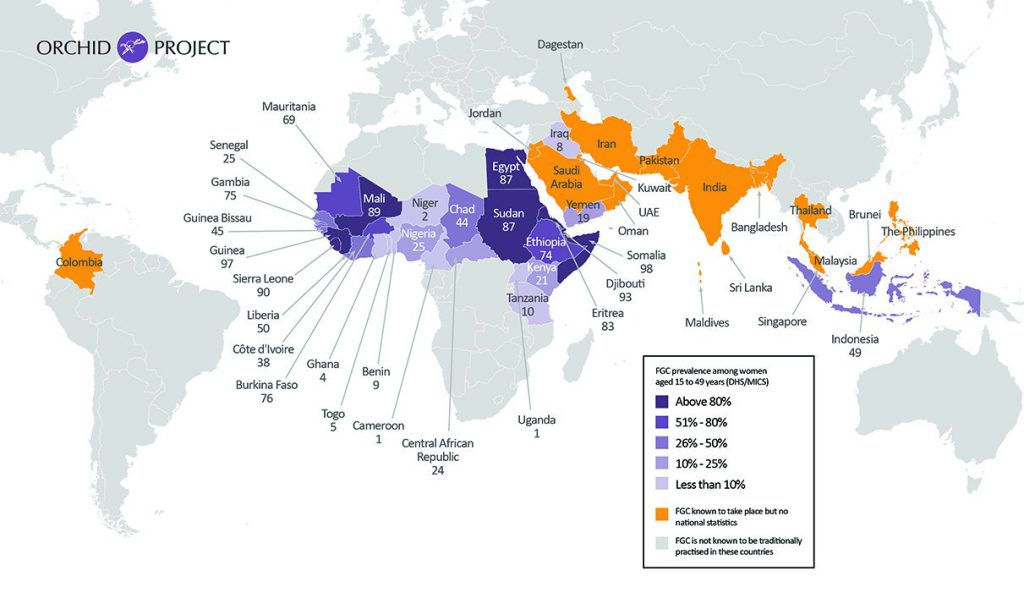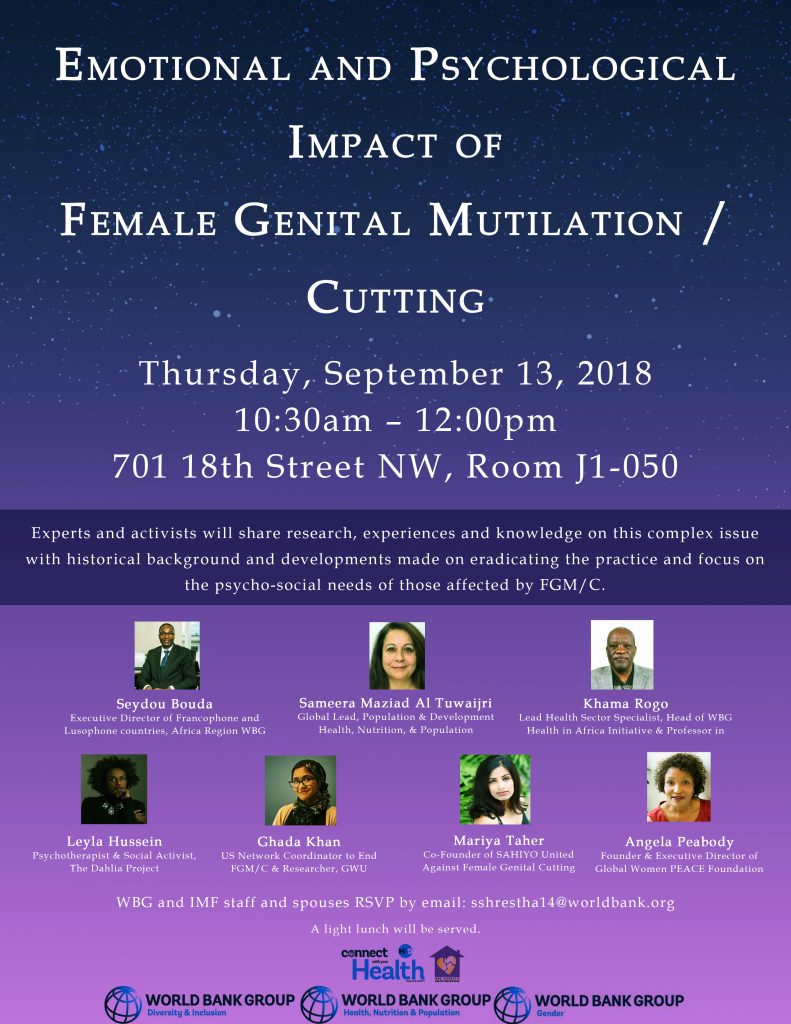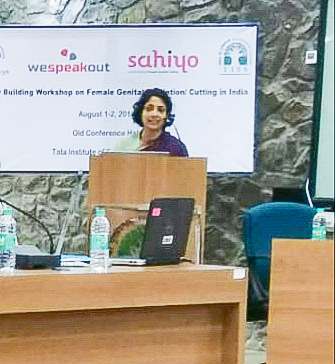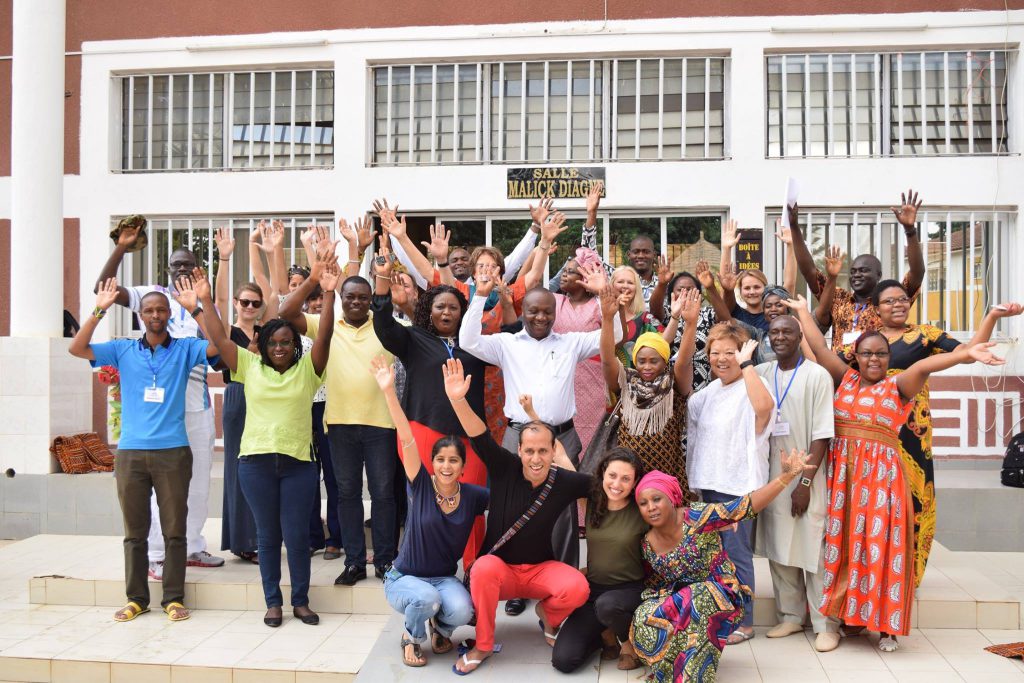Female Genital Cutting is an International Issue

By Brionna Wiggins Upon hearing about female genital cutting and what it entails, it seems that one of the first facts you hear about it has to do with its prevalence in Africa and the Middle East. While it is true that these continents have a high prevalence (which has been decreasing according to a recent study by BMJ Global Health), it may contribute to the misconception that these are the only places in the world where females undergo FGC. Unfortunately, this is not the case. This practice reaches Asia, Europe, North America, South America, and Australia. Its presence on multiple continents leads FGC to be an international issue that needs to end with the support of all the nations involved. Map Courtsey of Orchid Project As part of my senior project, I have been bestowed the opportunity to do volunteer work with Sahiyo. They work specifically with the Dawoodi Bohra community, whose members mainly reside in India, Pakistan, Yemen and East Africa. FGC is also prevalent in countries such as Malaysia and Indonesia. There have even been reports in Colombia, South America. This puts FGC on every continent in the world! As previously mentioned, FGC occurs among diaspora communities. When families from countries that practice FGC move into new areas, they inevitably bring along the instilled need to continue the social norm. This leads to FGC being present in ‘receiving countries’, which can include places bordering practicing countries. Despite the handful of receiving countries that ban and criminalize FGC, the practice is still inflicted on girls in an effort to maintain their cultural identity. However, diaspora community members may send their daughters to their home country for ‘vacation cutting’. FGC is not a practice that is restricted by borders. Decades ago, FGC was practiced in some of the same countries that worked to prevent it. In Victorian Era England, FGC ushered its way into the medical field as a cure for nervous diseases, masturbation, and any other infliction that doctors/surgeons related to the female organs. Gynecological surgeon Isaac Baker Brown popularized the idea of using clitoridectomy, or removal of the clitoris, as a solution for ailments in medical circles. After some time, Isaac Brown and those who followed this method were eventually condemned. Yet, it was not so readily removed from American medical textbooks. Doctors in the U.S. also continued with this treatment to cure female ailments and the last documentation of this practice dates as far back as 1947. It is the year Renee Bergstrom received a clitoridectomy at the age of three in “white, midwest America” (The Guardian). People with good intentions may harm others irreparably, even the ones who trust them the most. While the practitioners may mean well, it still doesn’t excuse the continual physical and psychological harm of women and young girls. These mistakes have been made before, and are still being made by participating societies and people who perpetuate the practice. With FGC being so close to home, the problem cannot be ignored any longer as someone else’s problem. This practice affects women and girls on every continent. It must be dealt with using the full support of every global citizen to end the practice of FGC for the sake of women and men. You can help advocate against it too. Research is crucial in understanding a multifaceted issue such as this to ensure and reaffirm what you’re advocating for. That’s when you can volunteer your time or voice to organizations working to end FGC and keep up to date on the topic. Also, you can inquire about the laws in your state if they regulate or have anything in place pertaining to the practice. If there’s not a law already, then you can advocate for one being created. More on Brionna: Brionna is currently a high school senior in the District of Columbia. She likes drawing, helping others, and being able to contribute to great causes.
World Bank Group hosts an informative workshop on FGM/C

On September 13, the World Bank Group hosted an informative workshop titled, “Emotional and Psychological Impact of Female Genital Mutilation/Cutting.” Experts and activists shared their research, experiences, and approaches used to address FGM/C. The workshop also focused on a discussion around meeting the psychosocial needs of those affected by FGM/C. Speakers included Leyla Hussein (keynote speaker), Mariya Taher, Ghada Khan, Angela Peabody, Seydou Bouda, Sameera Maziad Al Tuwaijri, and Khama Rogo.
WeSpeakOut spearheads two-day workshop on ending FGC in India

In a unique event bringing together activists working to end Female Genital Cutting and various stakeholders from civil society organisations, WeSpeakOut organised a two-day symposium at the Tata Institute of Social Sciences (TISS) in Mumbai on August 1 and 2. The symposium, titled “Strategy-building Workshop on FGM/C in India”, was organised in partnership with TISS, Nari Samata Manch and Sahiyo. More than 40 activists, survivors, and researchers participated in the workshop, including women and men from various sub-sects of the Bohra community, from different parts of India, feminists, academicians, and heads of several women’s rights and human rights organisations in the country. There were also international participants from Equality Now, a US-based organisation working to end FGC globally and Tasaru Ntomonok Initiative, an NGO working to end FGC in Kenya. Over two days, the workshop nurtured stimulating and productive discussions on various aspects of FGC and discussed strategies to advocate against the practice from the perspectives of law, health, community engagement and working with the youth and with men. The workshop was also an opportunity for activists from the community and those from outside the community to learn from each other.
Thoughts on Tostan’s Training Center Experience

From July 12 to July 21st, Shaheeda and Mariya attended Tostan’s Training Center (TTC) in Senegal. The TTC is an international training course designed to teach participants about its human rights-based approach to community-led development, which the NGO has developed and updated in response to feedback from thousands of communities in different socio-cultural African contexts over the past 20 years. During this third training session hosted by Tostan, participants came from fifteen countries and included community activists, members of local, national and international organizations, of governments, as well as representatives from academia and the media. The training focuses on using a participatory, learner-centered approach that draws its strengths from the expertise of trainers with extensive experience in rural Africa, implementing the Tostan Community Empowerment Program and is designed to serve individuals and groups who share a commitment to human dignity, transformative learning, holistic empowerment, and collective action. Mariya and Shaheeda attended the TTC as Orchid Project Fellows. The Orchid Project is a UK based NGO that advocates for a world free of FGC. As fellows, Mariya and Shaheeda were asked to keep video journals of their experience. To learn more about their experience, click on the links below: TTC Day 3 TTC Day 7 You can also take a look at Gbosa – Tostan Training Center’s July 2016 English Cohort Storify transcript for more details. In the following months, Mariya and Shaheeda will be writing several articles detailing their experience and learnings from the TTC as well. See also Sahiyo heads to Senegal for Tostan Training Centre.
